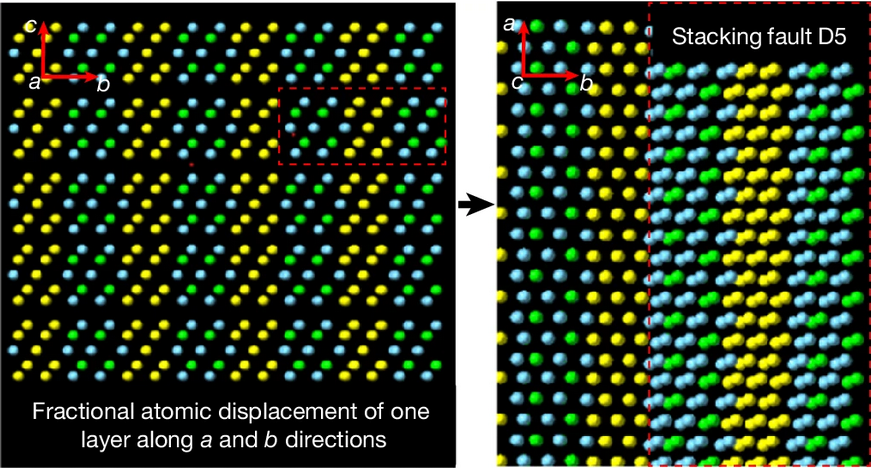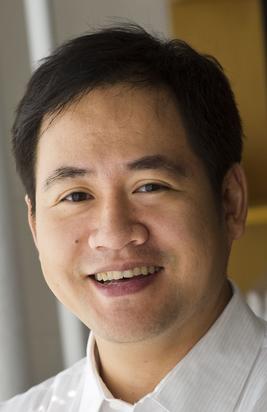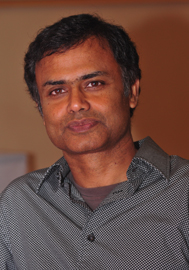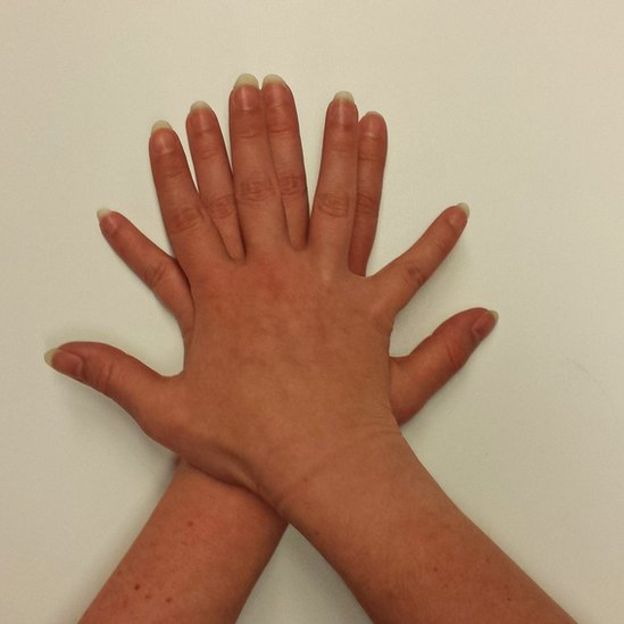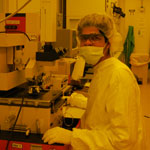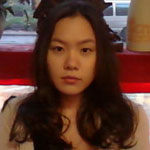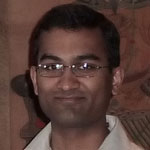BY HANNAH OSBORNE ON 5/10/17 AT 9:01 AM
Holographic messages, a regular feature in science fiction, could be moving closer to reality. Researchers have created holograms that change from one image to another—a breakthrough that could one day lead to the development of animated holograms, and maybe even Star Wars-style messages.
Scientists led by Ritesh Agarwal, from the University of Pennsylvania, were building on previous research where they used gold nanorods embedded into a stretchable film to create 3D and multicolored holograms. In their latest study, published in Nano Letters, the team worked out how they could stretch a metasurface film (a flat, ultra-thin, nanostructured surface) to get the holographic image to change into something different.
There is great scientific interest in the development of holographic messages. Being able to transmit 3D images from one location to another in real-time has far-reaching applications, including in medicine—during surgery, for example—manufacturing and entertainment.
But it also has security implications, as hologram messages would be more difficult to intercept. In an email interview with Newsweek, Agarwal and study co-author Stephanie Malek explain: “Holograms allow signals to be sent via a secure channel, while transmission of photographs can be intercepted. For the other side to read out the hologram, they need to know what type of light source needs to be used.”
They said that while photographs encode information based on the amplitude of light alone, holograms use both amplitude and phase, the latter of which is responsible for the modulation of a wave in time and space. “Holograms also use this phase information to store data, which allows more to be stored and transmitted in a safe manner,” they add.
In their study, which is currently a proof of the concept, the team looked at how a holographic image changed when they stretched the material generating it. They also looked at how far the image plane would move from its original position. They then used computer models and experiments to make calculations in order to create a multi-layered hologram made up of two to three images.
The hologram they created could be stretched so one image would be change into another as the material was changed. Agarwal and Malek say the biggest challenge was creating the stretchable material: “We had to make sure that the repeated process of stretching and releasing the polymer does not dislodge the precise alignment and placement of nanorods in the polymer. Also, the designs needed to ensure minimum interference between different images.”
The next big step in this research will be to create multicolor stretchable holograms: “Then we are working to encode many more images in the metasurface hologram to eventually make some sort of animation,” Agarwal and Malek say. “Finally, the holy grail of this area would be to also obtain a tunable response by applying varying voltage to the device, making [the holograms] more compatible with all kinds of applications, including virtual reality.” Tunability refers to the ability to tune the metasurface to different wavelengths so it can be used for different purposes.
“Future applications might involve metasurface holograms that transmit multiple secret messages that are accessible by stretching or applying voltage, or hologram images that are also animated upon applying some sort of stimuli (mechanical or chemical force, applied fields etc). These concepts can then be easily extended to other applications related to virtual reality and optical and secure communication. Right now VR devices are very bulky and thick, but if tunability can be programmed as we have shown (and still working on it to extend and improve), then the same VR experience can be obtained by wearing “regular” glasses.”
Asked whether sci-fi hologram messages become a reality, they say: “We had not necessarily considered developing talking holograms like the ones in Star Wars but that may be possible by also encoding audio information via some other means.”
